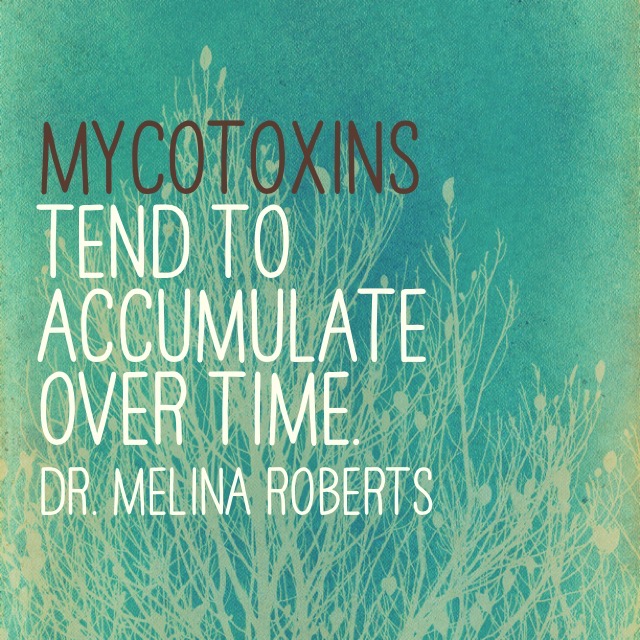Mycotoxins are toxins produced by mold.
There are various ways that we can be exposed to these mycotoxins. One way is living in a house that has mold and this is usually unknowingly. If your home has ever had any degree of water damage, there is potential that there is mold in your home and potential that you are being exposed to mycotoxins.
Another way that we may be exposed to mycotoxins in from our grains. Mold will grow on grains while growing in fields and during processing and storage. It is common for grains to contain a high amount of mycotoxins.
Corn also has a high susceptibility to having mycotoxins and mold.
Another potential exposure is through our industrial meats. Our industrial animals tend to be fed grains and corn and those industrial grains and corn and tend to be contaminated with mycotoxins. Then those mycotoxins get stored in their tissues, then when we consume them, then we consume a dose of those mycotoxins.
Another potential exposure is through peanuts. Peanuts are mold producing and tend to harbour those mycotoxins.
Mycotoxins within the body, typically lead to a number of vague symptoms. Mycotoxins are produce various symptoms including fatigue, dizziness, headaches, brain fog, irregular heartbeats, joint pain, muscle weakness, skin rashes, sleep problems, eye irritation, vision changes, hearing loss.
Mycotoxins tend to accumulate over time.
Those with the HLA-DR gene are more susceptible to mycotoxicity. Their body is unable to recognize toxins as foreign invaders, therefore they do not produce antibodies needed to remove the mycotoxins.
Another challenge can be how well your body is able to detox these mycotoxins, therefore your detoxification pathways need to be working optimally, to effectively move mycotoxins out of the body. Therefore if your pathways of detoxification are not working optimally then you can be more susceptible to mycotoxicity.
There are urine tests that we can run that test for levels of mycotoxins in the body.




